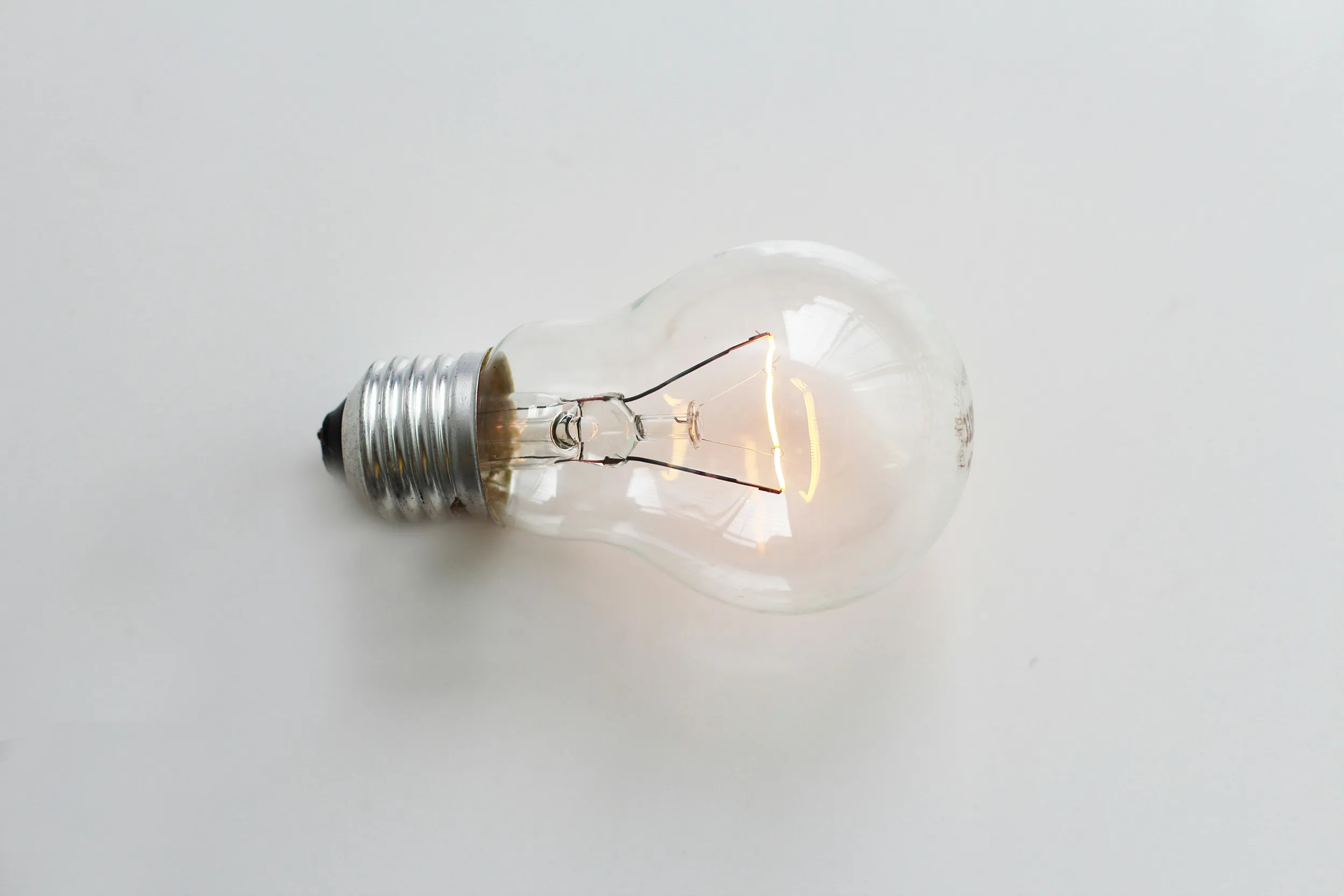Lighting: LED vs Traditional Bulbs

On This Page
- Why Lighting Matters For EPC Ratings
- Traditional Bulbs: Why They're So Inefficient
- Energy Efficient Lighting & The EPC
- Conclusion: Low Energy Lighting
We're EPC Experts! If you need an EPC or some tailored advice for your home or business, get it touch!
Tel: 01925 699 321
Book OnlineWhy Lighting Matters For EPC Ratings
Let's begin by understanding the impact lighting can have on the EPC. Lighting is one of the six core elements of the energy report. It makes up part of the services side of the certificate along with heating and hot water.
Recently we completed an EPC in Manchester, the house had a total of 15 light bulbs and in this case, they were all low energy bulbs. All told, the client's home scored 76 SAP Points, a mid C Band. If we play with these numbers and change all the bulbs to traditional, non efficient bulbs, the score drops to 74. We can see that the lighting does not have a huge influence on the EPC score, but we pretty frequently see a solitary light bulb being the difference between a Band D and the coveted band C. For this property, two points we're available for lighting. Some homes may be three, others only one, it depends on the rest of the home too.
If we look at the how low energy lighting affects electric bills, the difference is much larger. The Manchester home in the example above is saving around £255 per year by using low energy lighting. If they we're using traditional 60w light bulbs, their lighting bill would be in the region of £320 a year. With energy saving bulbs, £65.
Traditional Bulbs: Why They're So Inefficient
Traditional, non energy saving, light bulbs like the incandescent or halogen types use a lot of energy when you compare them to modern equivalents. This is because the incandescent type of light bulb only converts around 10% of the energy it uses in to light—the remaining energy is lost as heat. Halogen bulbs, like most spot lights, are slightly more efficient, but still lag far behind new LED technology.
The older light bulbs have shorter life spans too. So they'll not only cost more to run and lose you points on your EPC, you'll need to change them more frequently too.
Energy Efficient Lighting & The EPC
During an EPC assessment, your Domestic Energy Assessor will categorise your light bulbs as either 'Low Energy' or not. Types of bulb that we categorise as this are LEDs, CFLs (the coiled, original energy saver) and fluorescent bulbs too. Everything else does not make the 'Low Energy' category.
Currently when we complete an EPC, we check each light fitting and check what the majority of the light bulbs in it are. For example, a light fitting with 10 individual bulbs fitted with 6 LEDs and 4 incandescent bulbs will be input as 1 low energy light. We're due an update to the EPC rules and this will be changing. We'll need to record each individual light bulb.
Conclusion: Low Energy Lighting
If you are looking to maximise your EPC score, you can easily gain one or two points by changing from traditional light bulbs to low energy lighting. If you are looking to maximise your savings, LEDs are the way to do this. On the EPC, its the number of light fittings and the majority light bulb type that count, at least for now.



